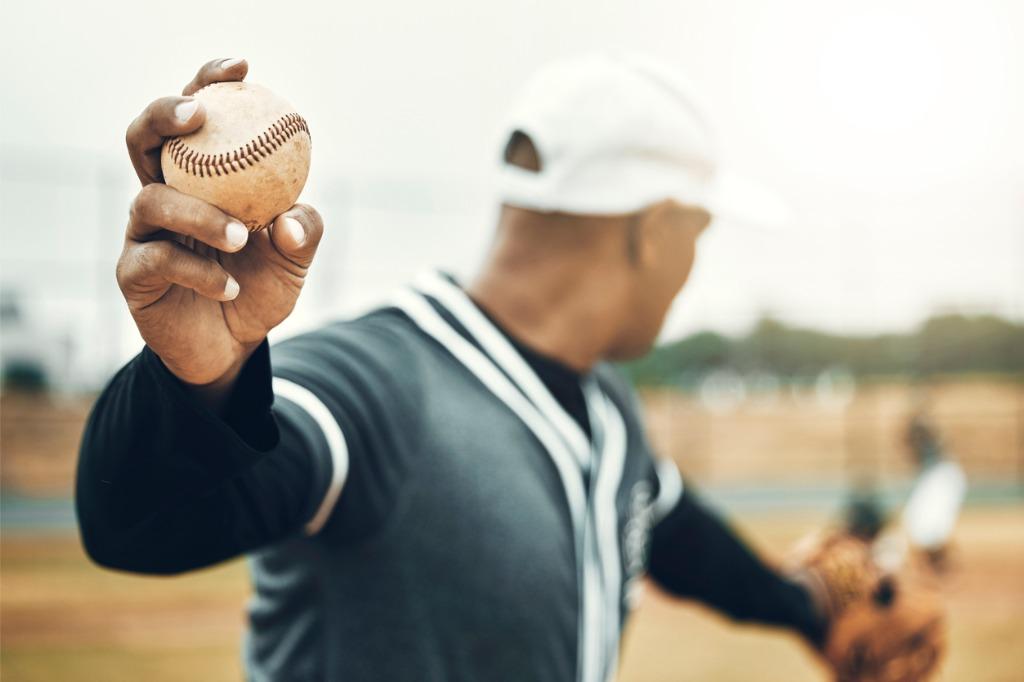
Returning to your favorite sport after an ulnar collateral ligament (UCL) injury or surgery can be both exciting and challenging. Whether you’re a professional athlete or a weekend warrior, the journey back to peak performance requires careful planning, dedication, and expert guidance. At Performance Sports Medicine Institute, we understand the importance of a successful UCL surgery recovery, and we’re here to help you get back in the game as safely as possible.
Understanding UCL Repair and Tears
The UCL, located in the elbow, is a crucial ligament that stabilizes the joint during repetitive throwing or overhead motions. Athletes, particularly baseball pitchers, wrestlers, and football quarterbacks, are more prone to UCL injuries due to the repetitive stress placed on the ligament. A UCL injury can range from a sprain to a partial tear and even a complete rupture, causing pain, instability, and loss of performance. Understanding the severity of your UCL injury is essential, as it determines the course of treatment.
Diagnosis and Assessment
Diagnosing a UCL tear involves a thorough physical examination, medical history review, and diagnostic imaging, such as MRI or ultrasound. Your healthcare provider will assess the extent of the injury and recommend the most suitable treatment approach. It’s important to note that not all UCL tears require surgery.
In some cases, conservative treatments like rest, physical therapy, and bracing may suffice. However, severe tears may require UCL surgery. At Performance Sports Medicine Institute, our experienced orthopedic surgeons and sports medicine specialists can accurately diagnose your UCL injury and tailor a personalized treatment plan for optimal recovery.
UCL Repair vs Reconstruction
If surgery is recommended, understanding the surgery is crucial. During surgery, the damaged ligament is either repaired and reinforced with a suture tape or replaced with a graft. The graft is typically taken from elsewhere in your body, such as the wrist or hamstring. This procedure aims to restore stability and function to the elbow joint.
Recovery from UCL surgery is a gradual process, and patients must follow a customized rehabilitation program. Our experts at Performance Sports Medicine Institute work closely with athletes to ensure a safe and effective recovery, emphasizing gradual strengthening and range of motion exercises.
The Road to Recovery
Once you’ve undergone UCL surgery or opted for non-surgical treatment, the road to recovery begins. This phase is vital for regaining strength, flexibility, and overall performance. Performance Sports Medicine Institute will provide a comprehensive rehabilitation plan to ensure optimal recovery. From strength training to physical therapy, our team will guide you through each step of your recovery journey.
Rehabilitation and Physical Therapy
Effective rehabilitation and physical therapy are key components of your UCL recovery. A specialized program tailored to your specific needs can help you rebuild strength, improve joint stability, and prevent future injuries. Our experienced therapists use evidence-based techniques to guide you through the process, ensuring a safe return to sports. This may include exercises to improve shoulder and elbow range of motion, strengthening of the surrounding muscles, and sport-specific drills.
Monitoring Progress and Adjusting the Plan
As you progress through your rehabilitation journey, our experts will closely monitor your recovery and make any necessary adjustments to the plan. This may include gradually increasing the intensity of exercises or adding new activities to target specific areas of improvement. Our goal is to help you return to your sport at full strength and with a reduced risk of re-injury. Whether you’re a professional athlete or a recreational player, our team at Performance Sports Medicine Institute is dedicated to helping you get back in the game safely and successfully.
Gradual Return to Sport
Returning to your sport too quickly can jeopardize your recovery and increase the risk of re-injury. A gradual approach, often guided by a sports medicine specialist, is essential. It involves a progressive increase in activity levels, allowing your body to safely adapt and regain peak performance. Our team will work with you to create a customized return-to-sport plan, considering factors such as your sport of choice, position, and specific demands.
Preventing Future UCL Injuries
Your journey to recovery doesn’t end when you return to your sport. Preventing future UCL injuries is just as crucial as the surgical process. By taking proactive measures, you can reduce the risk of re-injury and enjoy a long and successful athletic career. Our experts at Performance Sports Medicine Institute recommend the following injury prevention strategies:
- Strength training
- Flexibility exercises
- Skill refinement
- Avoiding overexertion
- Periodic rest days
- Proper nutrition and hydration
- Regular check-ups
Recover from Your UCL Injury Fast
At the Performance Sports Medicine Institute, we’re ready to help you get back in the game. Our dedicated team of specialists will guide and support you throughout your recovery journey. Don’t let a UCL injury sideline you from the activities you love. Book your appointment with us today, and let’s get started on your path to peak performance.

